Thunderbolt
View All Tags
Beyond its connection to Zeus, the thunderbolt also symbolized divine justice and the swift, uncontrollable nature of divine wrath. When a mortal or even another god incurred Zeus’ anger, the thunderbolt was the instrument through which he delivered punishment. The bolt’s sudden and destructive power reflected the Greek belief in the unpredictability and fury of the gods, as well as the need to maintain reverence toward them. It was a reminder that defying the gods, especially Zeus, could result in catastrophic consequences.
Additionally, the thunderbolt had associations with victory and divine intervention. In many myths, the gods used the thunderbolt to aid or protect heroes in battle, symbolizing divine favor. In some cases, the thunderbolt also appeared as a symbol of a god’s presence or action on earth, as if the bolt itself was a physical manifestation of the deity’s will. As a result, it was not only a sign of Zeus’ power but also a powerful emblem used in temples, coins, and religious practices, emphasizing both the might and the sacredness of the divine.
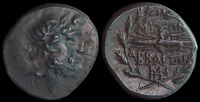
Abbaitis, Phrygia 200-100 BCE

Aesernia, Samnium 263-240 BCE

Agathokes of Syracuse 317-289 BCE

Agathokles of Syracuse 317-289 BCE
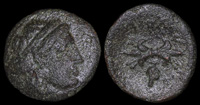
Aioleion, Troas 330-280 BCE
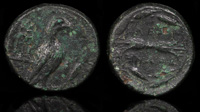
Alexander I Molossos 334-332 BCE
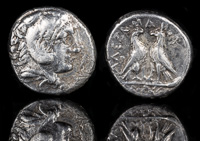
Alexander III 336-323 BCE
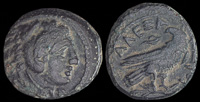
Alexander the Great 330-323 BCE
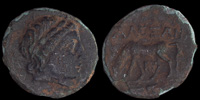
Alexandreia, Troas 3rd century BCE
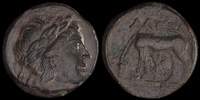
Alexandreia, Troas 3rd century BCE
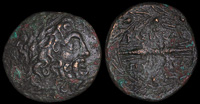
Ambrakia, Epeiros 278-275 BCE
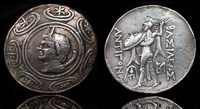
Antigonos II Gonatas 277-239 BCE
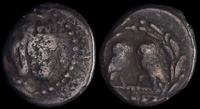
Athens, Attica 322/17-307 BCE
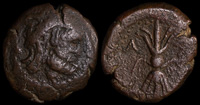
Axos, Crete 3rd-2nd cent BCE

Berenikie II 244-221 BCE
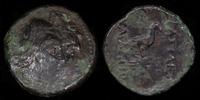
Charaspes 190-188 BCE
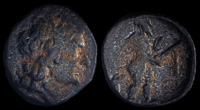
Corinth 248-243 BCE
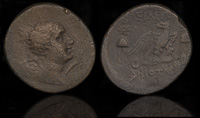
Deiotaros 62-40 BCE
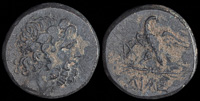
Dia, Bithynia 85-65 BCE
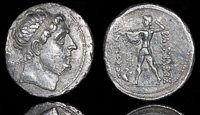
Diodotos I of Baktria 255-235 BCE

Euhippe, Caria 300 BCE
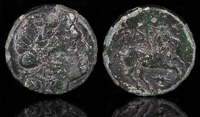
Gargara, Troas 4th century BCE
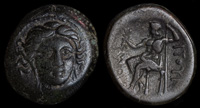
Gomphoi-Philippopolis 4th-3rd cent BCE
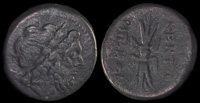
Kentoripai, Sicily 344-336 BCE
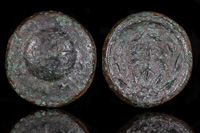
Kleopatra of Macedon 360-325 BCE
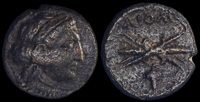
Koinon of Aeolis 4th century BCE

Kotys IV 171-167 BCE

Mykalessos, Boeotia 400-375 BCE

Nikomedes II 110/9 BCE
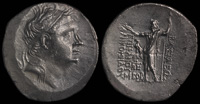
Nikomedes III 126/5 BCE
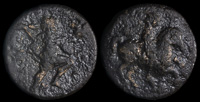
Olosson, Thessaly 400-350 BCE

Orikos, Illyria 230-168 BCE
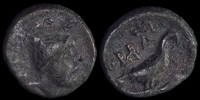
Orra, Calabria 250-225 BCE
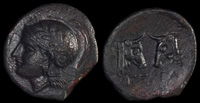
Pergamon, Mysia 310-282 BCE
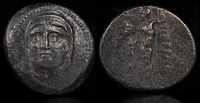
Perrhaiboi, Thessaly 400-344 BCE
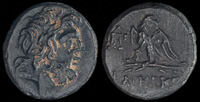
Pharnakeia, Pontos 85-65 BCE
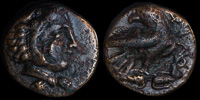
Philotas 400-380 BCE
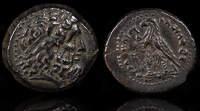
Ptolemy Epigonos 246-221 BCE
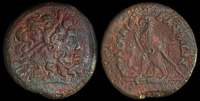
Ptolemy IV 222-204 BCE
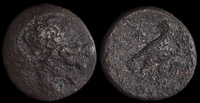
Ptolemy Keraunos 281-279 BCE
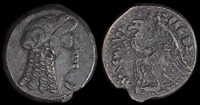
Ptolemy V 205-180 BCE
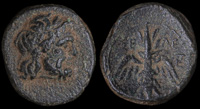
Seleukeia, Syria 312-280 BCE
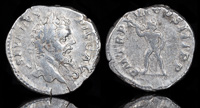
Septimius Severus 208 CE
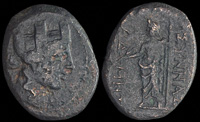
Synnada, Phrygia 2nd-1st centuries BCE

Teanum Sidicinum, Campania 265-240 BCE
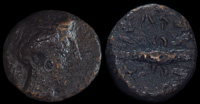
Timocharis of Marion 350-332 BCE
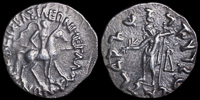
Vonones 85-60 BCE
